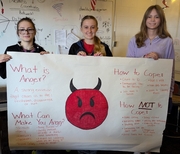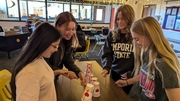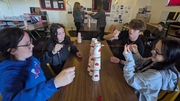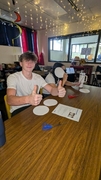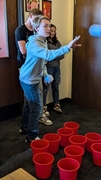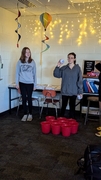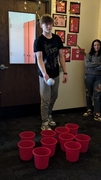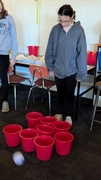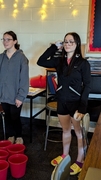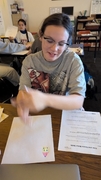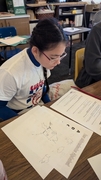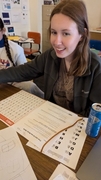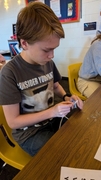Focusing on the FACS and Other Important Items Part II
Part II -- Human Growth and Development and Lifespan Development
October 16, 2024
Pathways careers within FACS and Business are so incredibly important! Foods and nutrition are obvious pathways; however, we also have Human Growth and Development along with Lifespan Development. In both of these classes we have been focusing on a career path of learning about how we as humans develop. In both classes we have looked at development theorists and their theories. Our lifespan development incorporates many elements of healthy living to ensure proper balance of work, life and practicing mindfulness. We did explore a little bit about gross motor skills and fine motor skills in which we hosted a “motivation to move Olympics.” The students learned how adept they are at using their non-dominant hand to write their names using Chinese letters, tossing a ball, and following a list of directions of tasks.
Our human development class we have been narrowing in on careers in child development and the study of children and the various stages they go through. We have learned extensively at P.I.E.S. and while our minds may have strayed to pumpkin, apple, cherry, and chocolate pies; we found P.I.E.S. loaded with information and activities pertaining to the development of Physical, Intellectual, Emotional and Social skills. The students have also narrowed in on different characteristics that truly make them themselves. They have looked at if the traits are hereditary, environmental or both.
Both Lifespan Development and Human Development classes have researched foreign countries and how they respond to growing families when a new child is welcomed into the household. Their research was compiled into a comparison and contrast on how maternity leave in the United States compares to various countries and cultures around the world. They then presented their information to their classmates.



